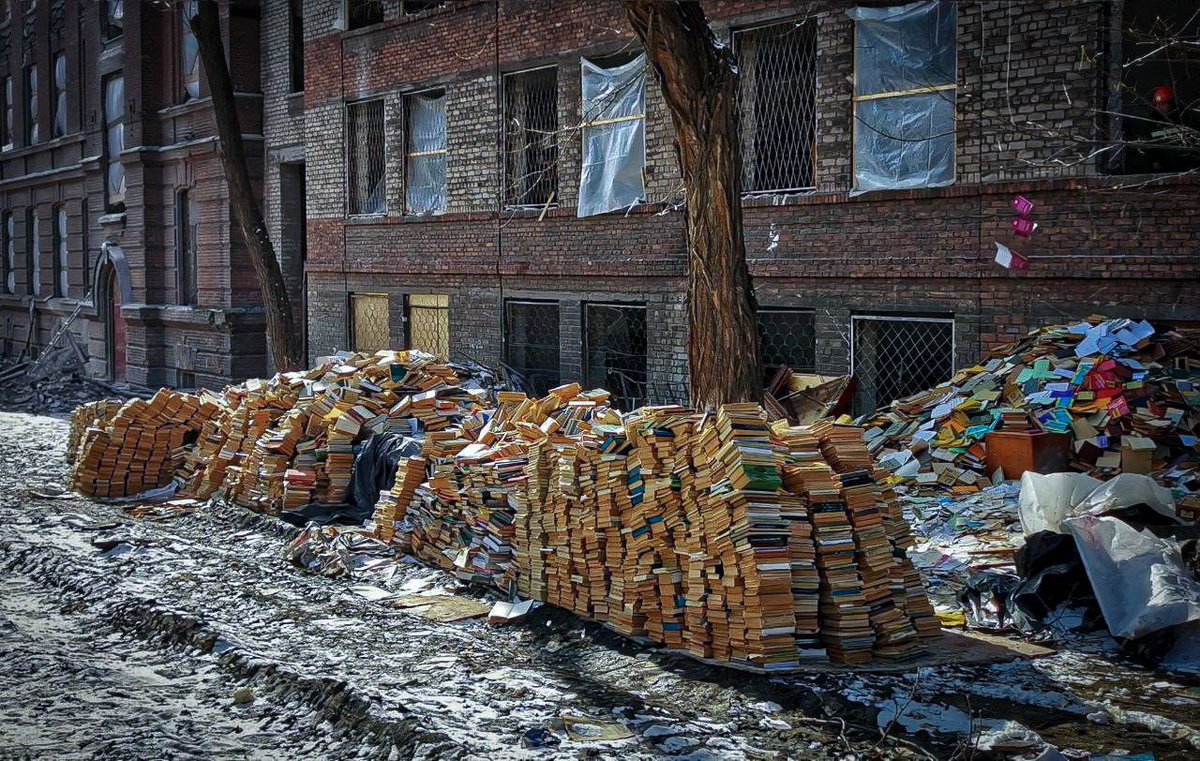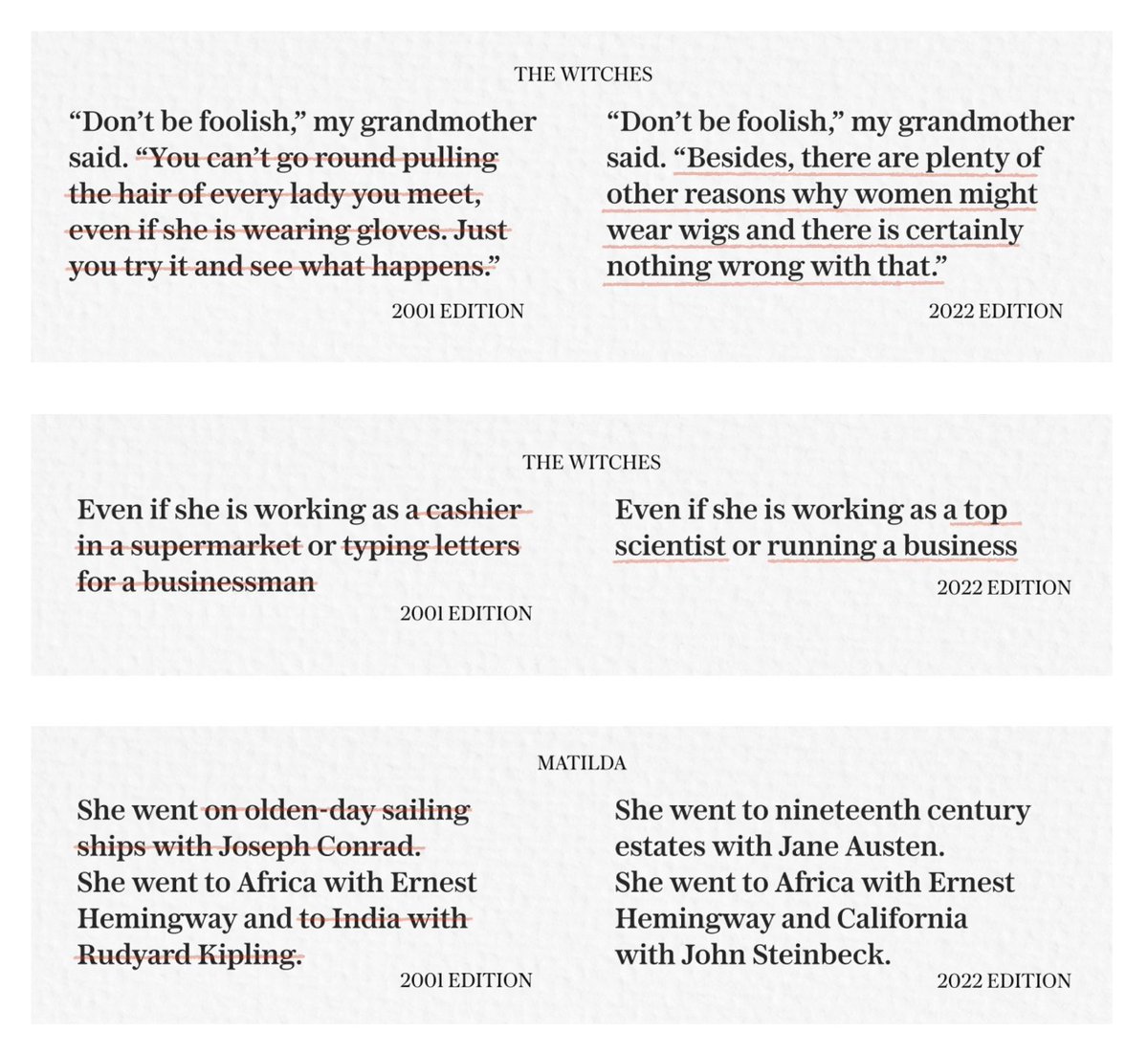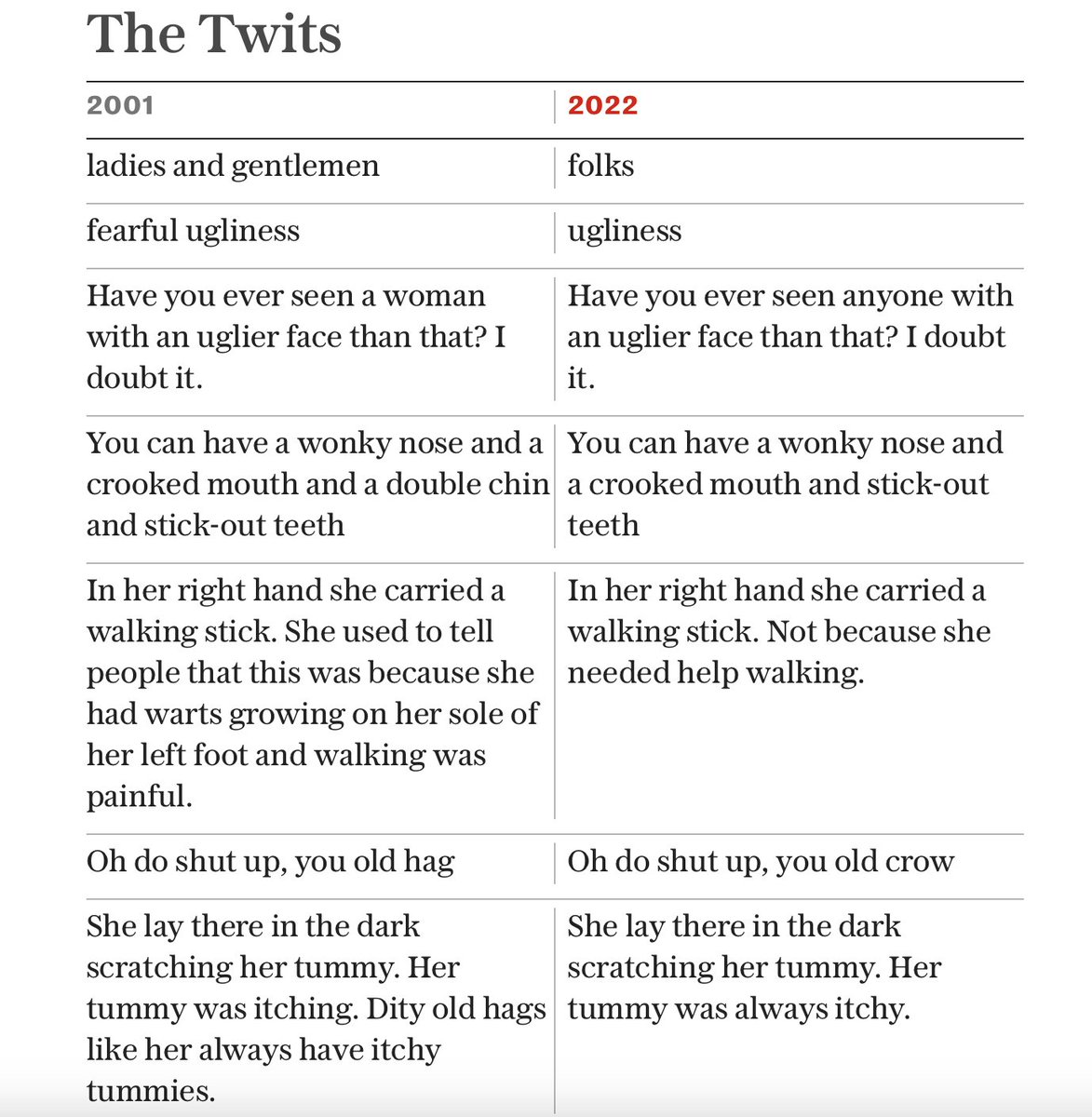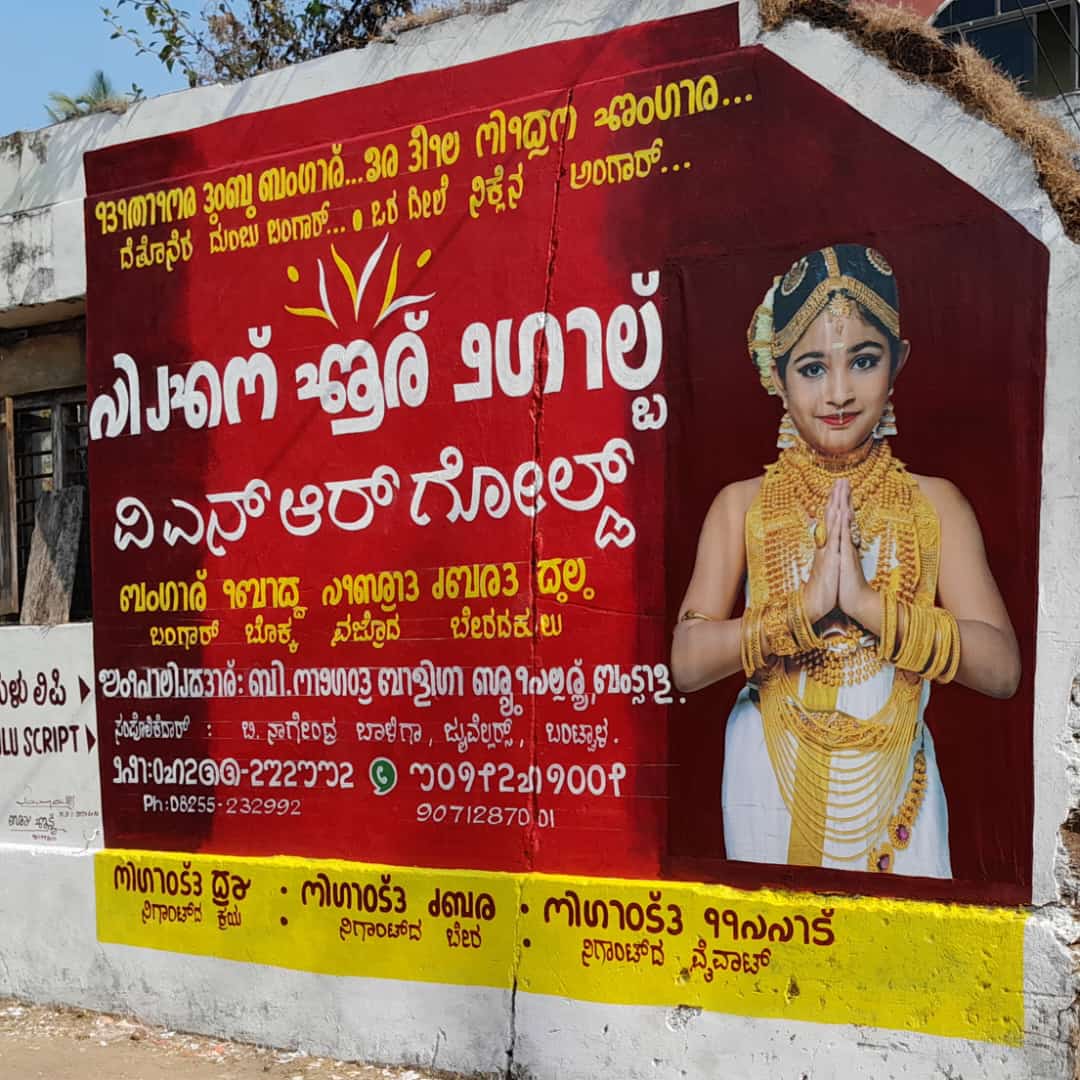
Ukrainian-language books dumped in the street outside the Pryazovskyi State University in Mariupol - some thrown out directly from the windows.
Russia is systematically destroying all remaining Ukraine language and culture in the occupied towns and cities. #CulturalGenocide
Russia is systematically destroying all remaining Ukraine language and culture in the occupied towns and cities. #CulturalGenocide

This photo was taken by P. Andryushchenko, and I think first posted online by @OlenaHalushka.
Don't hesitate to share your opinion that this is "no worse than" or "just the same thing" as the removal from Ukrainian libraries of books in Russian, the language of the murdering, civilian-killing, raping, child-abducting, genocidal invaders - I look forward to blocking you.
• • •
Missing some Tweet in this thread? You can try to
force a refresh




















